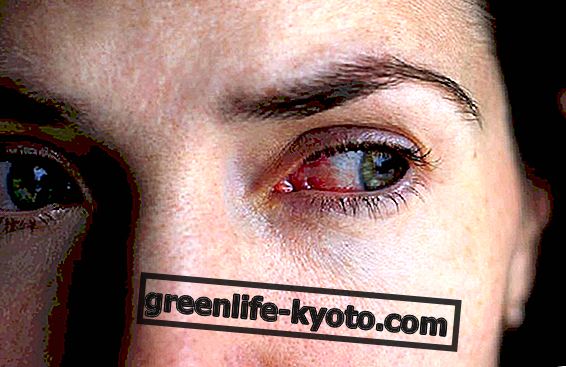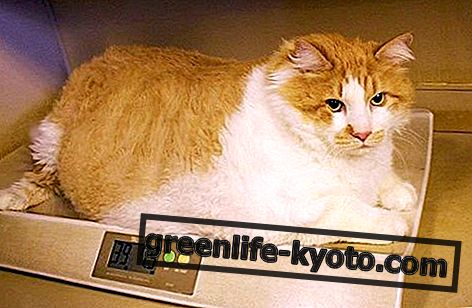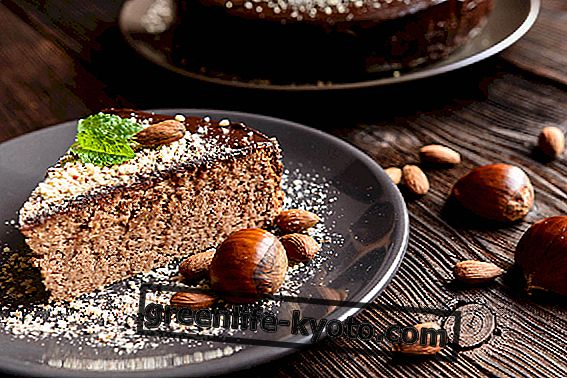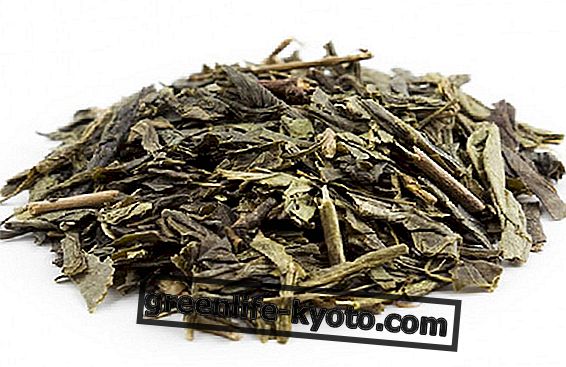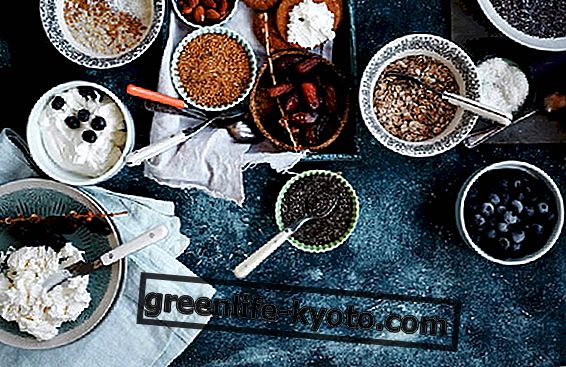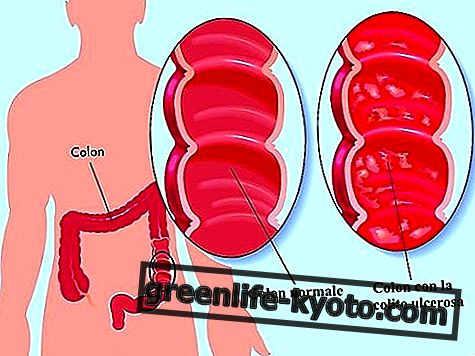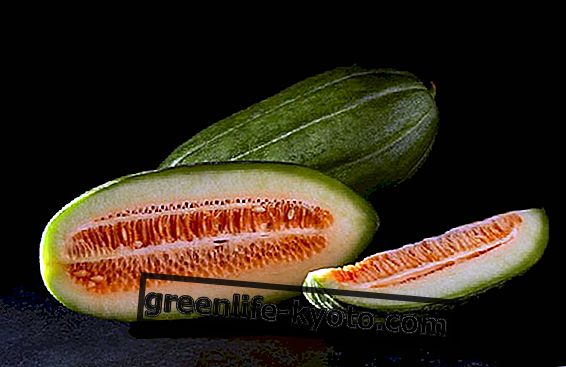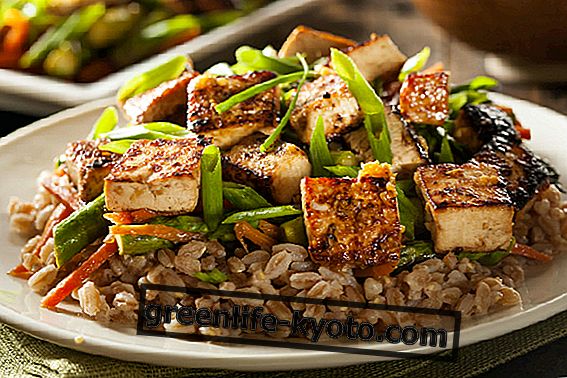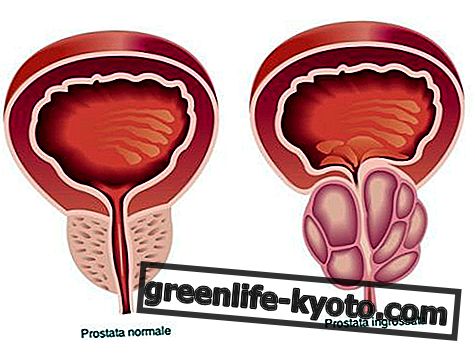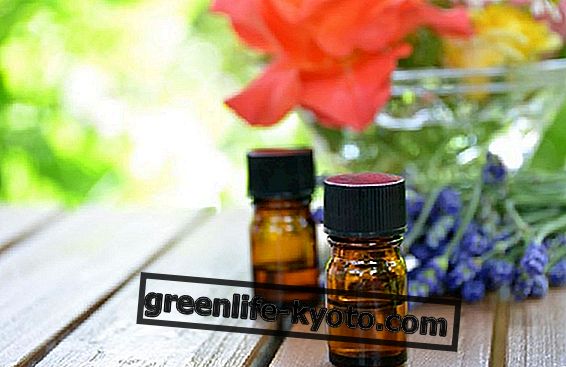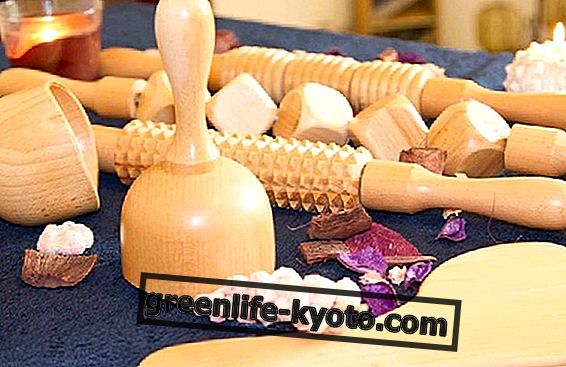
Use of wood in massages
Maderoterapia in Spanish means " wood therapy ".
Man's creativity together with the need to find solutions to improve psychophysical well-being has led, after an initial use of the hands, to the addition of the use of mud, plants and oils, up to the creation of a great variety of tools aimed at treating problems and harmonizing our body with the spirit.
The meaning of maderotherapy
The term "Maderoterapia" refers to the use of instruments made with wood, created to massage the body by rubbing them on the skin with different pressures and dexterity, so as to adapt to the natural curves of the body. They are particularly useful for the massage of areas that are difficult to treat with just the use of hands, thus perfecting the result.
It is possible to dissolve contact points, as happens for example with a decontracting massage, making long and low intensity passages on the skin to relax the body and the mind.
"Maderoterapia" is also indicated for anti-cellulite, firming and simple relaxation treatments ; for the elimination of contractures; lymphatic drainage, improvement of the state of the skin and to obtain other varied bodily, mental and emotional benefits.
The story tells that thousands of years ago the eastern cultures used many wooden tools for therapeutic purposes. With these instruments they were able to treat energy, physical and mental imbalances .
Remember that Eastern philosophy works with the five elements of nature: fire, earth, metal, water and wood and that these elements represent the energy of nature (IQ) or Vital Energy. Elements also used today to balance meridians and chakras. In this way body, mind and energy will be in perfect balance improving our emotions, our mind and our state of regards.
"Maderoterapia" is a well known massage technique used throughout South America.
